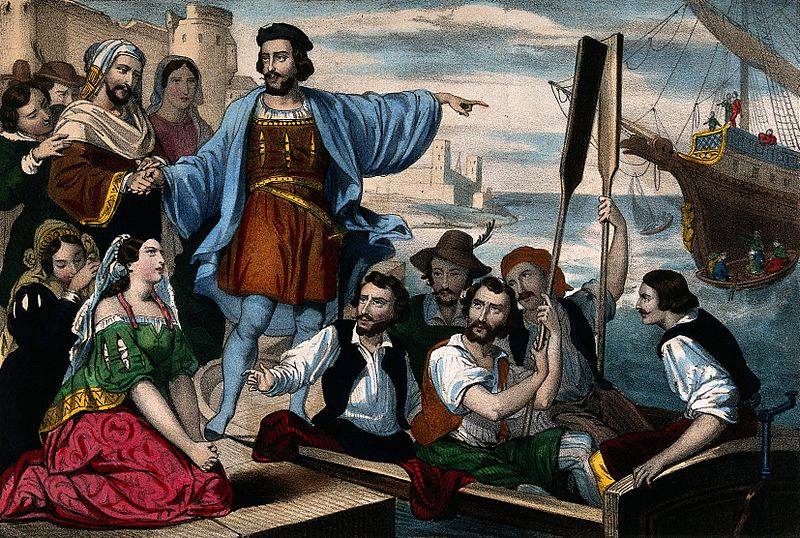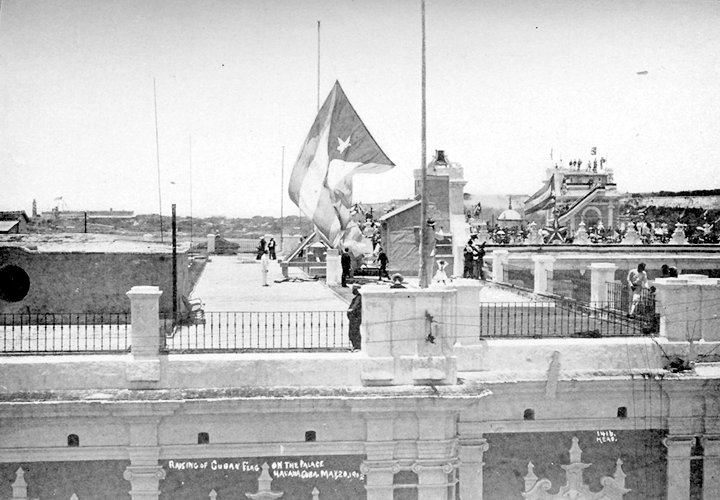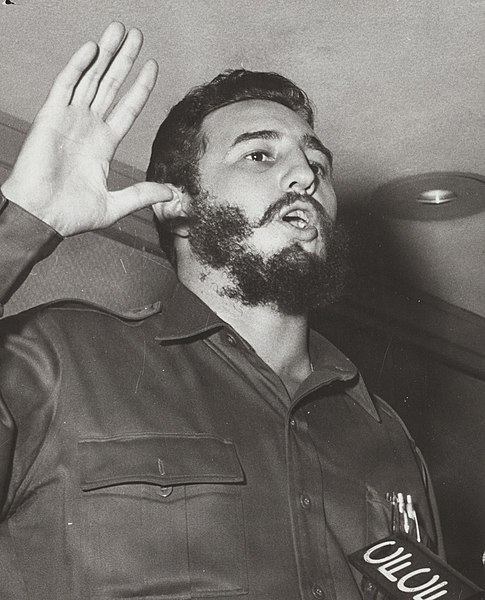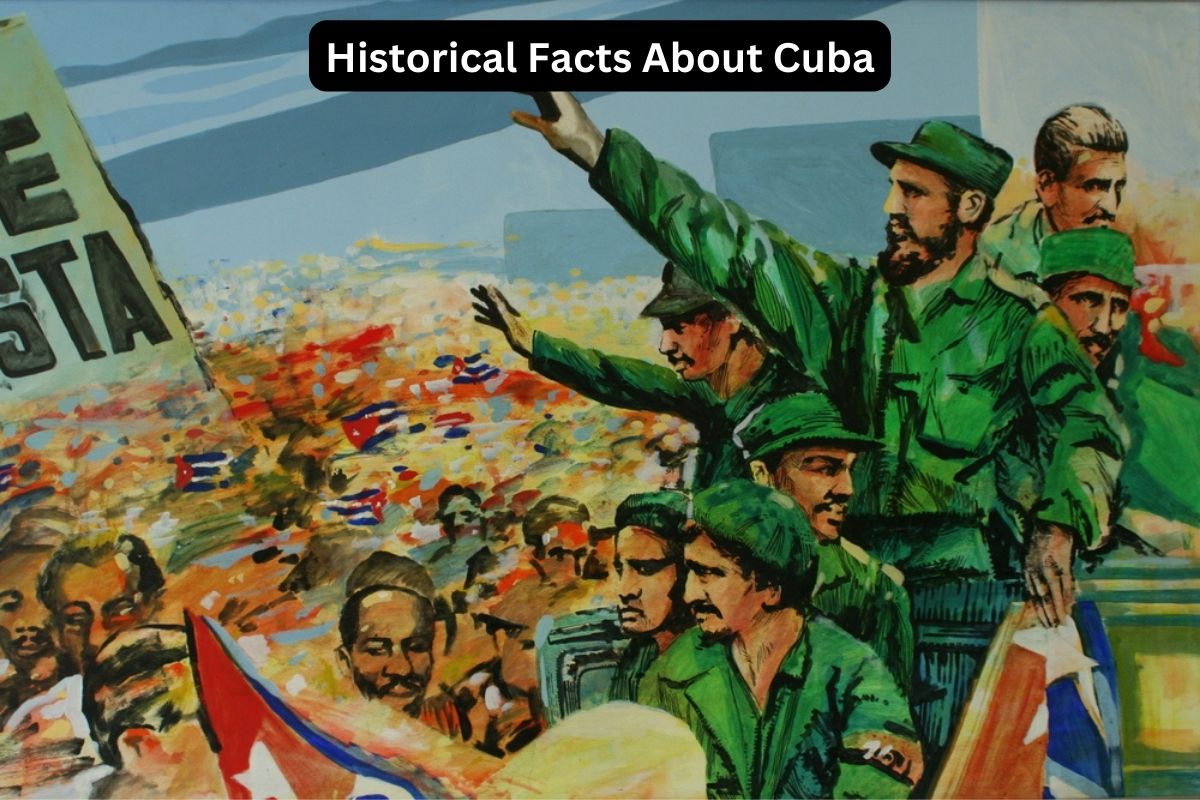Cuba’s history is a tapestry woven with diverse threads, from its indigenous roots to its modern-day struggles and triumphs. Spanning centuries of colonization, revolution, and international tensions, Cuba’s story is both complex and captivating.
In this article, we delve into the key historical milestones that have shaped the island nation, tracing its journey from the days of pre-Columbian inhabitants to the present-day challenges it faces.
From the legacy of Spanish rule and the scars of slavery to the revolutionary fervor that swept the nation in the 20th century, Cuba’s history offers insights into its resilient spirit and enduring quest for sovereignty.
Cuba Historical Facts
1. Pre-Colombian inhabitants: Taíno people lived in Cuba before Columbus’ arrival
Before the arrival of Christopher Columbus in 1492, the island of Cuba was inhabited by various indigenous groups, primarily the Taíno people.
Also Read: Cuba U.S. Relations Timeline
These indigenous inhabitants had a complex society with advanced agricultural practices, including the cultivation of crops like maize, yucca, and sweet potatoes. They also had a rich culture with elaborate art, music, and religious ceremonies.

2. Spanish colonization: Cuba was colonized by Spain for over four centuries
Following Christopher Columbus’s arrival, Cuba was quickly claimed by the Spanish crown. Spanish colonization began in the early 16th century, leading to significant changes in Cuba’s society and economy.
The Spanish introduced European diseases to which the indigenous population had little immunity, resulting in a drastic decline in their numbers.
Spanish settlers established sugar plantations and relied heavily on African slave labor to cultivate sugarcane, which became the backbone of Cuba’s economy for centuries.
3. Sugar production and slavery: Cuba became a major sugar producer reliant on African slave labor
By the 18th century, Cuba had become one of the world’s leading sugar producers, with vast plantations covering much of the island. The profitability of sugar led to an increased demand for African slaves, who were forcibly brought to Cuba to work on the plantations under harsh conditions.
Also Read: Timeline of the History of Cuba
The sugar industry and the institution of slavery profoundly shaped Cuban society, leading to a stratified social structure and significant cultural influences from Africa. Cuba’s economy was heavily dependent on sugar production and export, making it vulnerable to fluctuations in global markets.
4. Ten Years’ War: Cuba’s first war of independence against Spanish rule (1868-1878)
The Ten Years’ War (1868-1878) was Cuba’s first significant armed struggle for independence against Spanish colonial rule. It was sparked by various factors, including dissatisfaction with Spanish rule, economic grievances, and desires for greater political autonomy.
Led by figures like Carlos Manuel de Céspedes, the rebels, known as “mambises,” fought against the Spanish forces in a protracted conflict marked by guerrilla warfare and significant civilian participation.
Although the Ten Years’ War did not result in immediate independence, it served as a precursor to later independence movements and laid the groundwork for Cuban nationalism.

5. Spanish-American War: US intervention led to Spanish cession of Cuba in 1898
The Spanish-American War, fought in 1898, had far-reaching consequences for Cuba. It originated from the Cuban struggle for independence and escalated after the USS Maine battleship exploded in Havana Harbor.
The United States intervened on the side of the Cuban rebels, leading to a swift defeat of the Spanish forces in Cuba. The war culminated in the Treaty of Paris, in which Spain ceded control of Cuba to the United States, along with Puerto Rico, Guam, and the Philippines.
However, Cuba was not annexed by the United States and instead became a de facto protectorate, with significant American influence over its affairs.
6. Occupation by the United States: Cuba was under US control until 1902
Following the end of the Spanish-American War, Cuba experienced a period of military occupation by the United States, which lasted from 1898 to 1902. The occupation aimed to stabilize the island and oversee its transition to independence.
During this time, the United States implemented policies such as the Platt Amendment, which granted it the right to intervene in Cuban affairs to protect its interests.
Despite Cuba officially gaining independence in 1902, the Platt Amendment continued to influence Cuban-American relations, shaping Cuba’s political and economic landscape for years to come.
7. Cuban Revolution: Fidel Castro and Che Guevara overthrew Batista in 1959
The Cuban Revolution, led by Fidel Castro, Che Guevara, and other revolutionary figures, began with the overthrow of the US-backed dictator Fulgencio Batista on January 1, 1959.
The revolutionaries, comprised of guerrilla fighters and urban militants, waged a multifaceted campaign against Batista’s regime, which was marked by corruption, repression, and economic inequality.
The revolution aimed to establish a socialist government and implement radical socio-economic reforms, including land redistribution, nationalization of industries, and expansion of social services.
The success of the Cuban Revolution brought Fidel Castro to power, who would govern Cuba for nearly five decades, shaping its political, social, and economic trajectory.

8. Bay of Pigs Invasion: Failed US-backed invasion in 1961
In April 1961, the United States, under President John F. Kennedy, orchestrated an ill-fated invasion of Cuba at the Bay of Pigs. The invasion, carried out by Cuban exiles trained and supported by the CIA, aimed to overthrow Fidel Castro’s government.
However, the operation was poorly executed and quickly repelled by Cuban forces, resulting in a humiliating defeat for the United States. The Bay of Pigs Invasion further heightened tensions between Cuba and the United States, solidifying Cuba’s commitment to socialism and its alliance with the Soviet Union.
9. Cuban Missile Crisis: Tense standoff in 1962 over Soviet missiles in Cuba
The Cuban Missile Crisis, occurring in October 1962, was a pivotal moment in the Cold War and one of the closest instances the world came to nuclear war. The crisis was sparked when the United States discovered Soviet nuclear missiles stationed in Cuba, capable of striking targets across the continental United States.
In response, President Kennedy imposed a naval blockade around Cuba and demanded the removal of the missiles. For thirteen tense days, the world teetered on the brink of nuclear catastrophe as the United States and the Soviet Union engaged in intense diplomatic negotiations.
Ultimately, a peaceful resolution was reached, with the Soviet Union agreeing to withdraw its missiles from Cuba in exchange for a pledge from the United States not to invade the island and a secret agreement to remove US missiles from Turkey.
10. Cuban Embargo: US economic embargo imposed on Cuba since 1960
Since 1960, the United States has maintained an economic embargo against Cuba, imposing trade restrictions and diplomatic sanctions in an effort to isolate and weaken the Cuban government.
The embargo, initially imposed in response to Cuba’s nationalization of American-owned properties and alignment with the Soviet Union, has remained in place for over six decades, despite international condemnation and calls for its repeal.
The embargo has had profound economic repercussions for Cuba, exacerbating shortages of essential goods, limiting foreign investment, and hindering economic development. Despite recent efforts to normalize relations between the two countries, the embargo remains a significant point of contention in US-Cuba relations.
